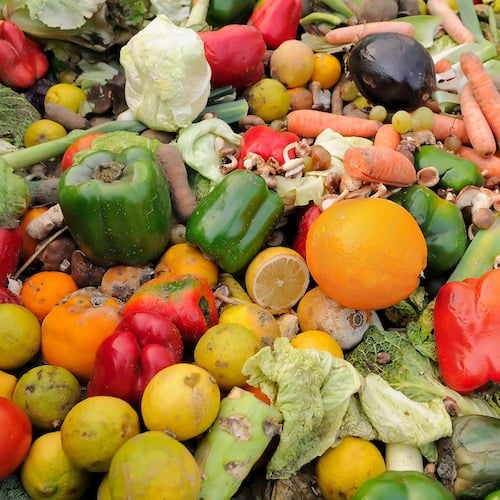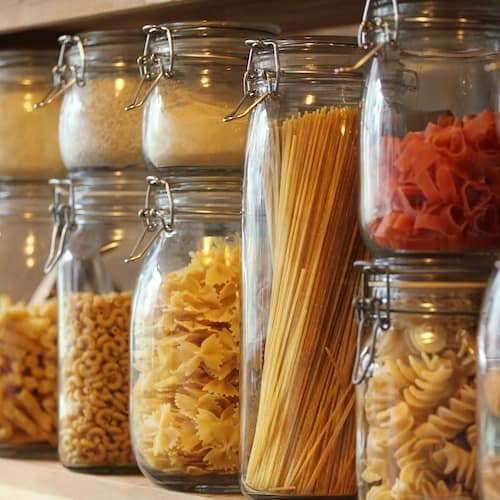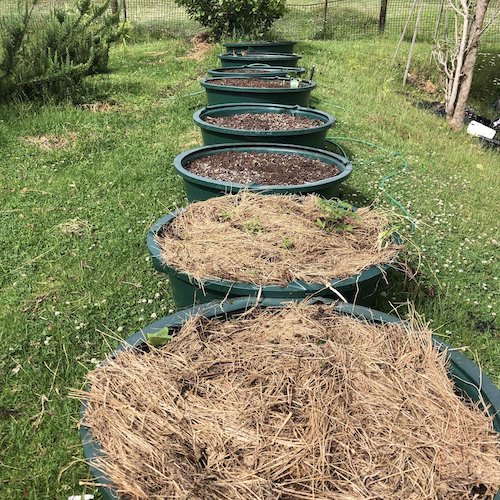
Groom and Style are a healthy lifestyle blog on a mission to help reduce food waste by teaching people how to properly store food.
This great blog, written by Kelli Gardener, should come in handy during this festive season when we tend to over shop and over cook. So, what do we do with all of our leftovers?
Your Guide to Food Storage for Healthier Eating
Organizing the food storage in your home is a great way to simplify meal preparation and planning while keeping your food fresh for longer. It gives you the convenience of grab-and-go food with all the nutritional benefits you gain from your at-home cooking, whether it’s the simple meals, canning meals you put together to please the whole family, or your personal culinary masterpieces.
Additionally, having methods for proper storage can help you cut down on food waste. Decreasing your food waste is good for the environment and good for your wallet. After all, it can be a drag on your finances to continually buy food that you won’t ever get to eat.
Each type of food has its own storage needs, including tips or tricks that will keep it in peak condition for longer. The best way to preserve your food is, of course, the method that works best with your lifestyle and eating habits.
Nonetheless, if you find that you’re throwing away a lot of spoiled food, it might be time to experiment with new storage techniques and even some home preserving, such as pickling or canning, to help you keep healthy snacks in your kitchen and allow your food budget to go further.

How to Cut Down on Food Waste
Wasting food can drag down anyone who spends a lot of time in their kitchen. While it’s inevitable for food to go bad eventually, you ideally want to stay ahead of the process, so that you can prepare items before this happens.
“In many cases, food waste tends to result from having a plan for part of your produce, but not knowing exactly how to use the other part. For example, many of us put the radishes in the salad, but toss the greens to the compost.”
Meal planning can help us use all parts of the food we eat. However, it must be paired with proper storage in order to keep these foods fresh for the time that we’re ready to prepare them.

Ways to Rescue Foods that Are About to Go Bad
The number one way to save food that’s about to go bad is to find a way to prepare it and quickly. Bake or blend them into something, or prepare a casserole and add heat to give food a second life. When we cook things, we are altering their chemistry. Cooking can give your food a new life.
Bake it into Bread – Overly ripe bananas are prime for making good banana bread. That’s not all, though. You can use Zucchini, sweet potatoes, carrots, and spinach to make quick breads as well in your own home bread maker.
Blend it into a Smoothie – Wilted spinach is still good for something, if not salads. Blend it up into a smoothie along with some of those overripe fruits. While the added sugar that these fruits accrue as they become overripe can make them unappetizing as standalone snacks, they are sure to make a delicious smoothie.
Make DIY Vegetable Stock – During soup season, it can be more expensive to constantly purchase your vegetable stock, when you can easily make it at home from assorted vegetables in your fridge that are close to turning.
Preserve Herbs by Freezing Them in Olive Oil – Herbs can be expensive, and often you get more than what you’re recipe calls for. To make sure to get the most out of the herbs you buy, chop them all at once. Save out what you need for the recipe and your cooking for the week. Then, add the remaining chopped herbs into an ice cube tray. Fill the remaining cube with 1-2 Tablespoons (14-28 grams) of olive oil, and freeze them. Pull these out for quick flavor punches when you’re ready to saute some vegetables.
Make Olive Oil Infusions – Your peppers, herbs, lemons and other citrus that are about to turn can make great olive oil infusions. Cut them so that they fit into whatever bottle you’re using for infusions. Then allow them to sit in the olive oil for at least a week before using or gifting.
Throw It Into a Stew – Stews aren’t born in a day. Usually, they’re the accumulation of about a month’s worth of frozen odds and ends that you’ve squirreled away after preparing a meal. When it comes to putting together a peasant stew, just about anything goes, from softening celery and carrots to a bottle of wine that’s been open too long. Throw in your kale and hardier greens, chicken and vegetable stock, and a bit of meat or chicken that might be waiting in your freezer.
Make Croutons from Stale Breads – Make your own croutons by cutting your stale bread into squares. Drizzle them with olive oil and add seasonings, such as salt, pepper, basil, and oregano. Place them on a sheet pan and bake at 400 degrees for about fifteen minutes until they are golden and no longer soft. You can also make your own bagel or pita chips from stale bagels or pitas following this same method.
Roast Tomatoes That Are on The Edge – You can preserve your tomatoes for another week by roasting them in the oven and then storing them in olive oil inside your fridge. While you’re at it, you can roast some of your other more delicate vegetables as well and store them all together for a future pasta sauce.
Puree Overripened or Overcooked Foods – Berries are an amazing snack on a warm day, and they can brighten up anything from your morning yogurt to a light dessert. However, it’s no secret that these berries go bad quickly. Pureeing the berries is a great way to preserve them in a way that helps prepare for your next use of them. Pureed berries are great for making jams and preserves, a mix-in for yogurt, dessert or ice cream toppings, or frozen to add to smoothies. You can also puree overcooked veggies to make sauces and salsas, as well as soups and stews.
Use Them for Cleaning – There are many herbs that perfectly complement your homemade cleaning solutions, such as rosemary, basil, and sage. However, nothing cleans better than your overripe lemons. The lemon’s acid makes it useful for cleaning and sanitising the house, not to mention it makes everything smell bright and fresh. Throw it into your vinegar cleaning spray, or sprinkle a lemon half with baking soda to scrub stubborn stains off your pots and pans.
For the rest of this fantastic guide and to see the infographic click here.




About The Author: Callumfatweb
More posts by Callumfatweb